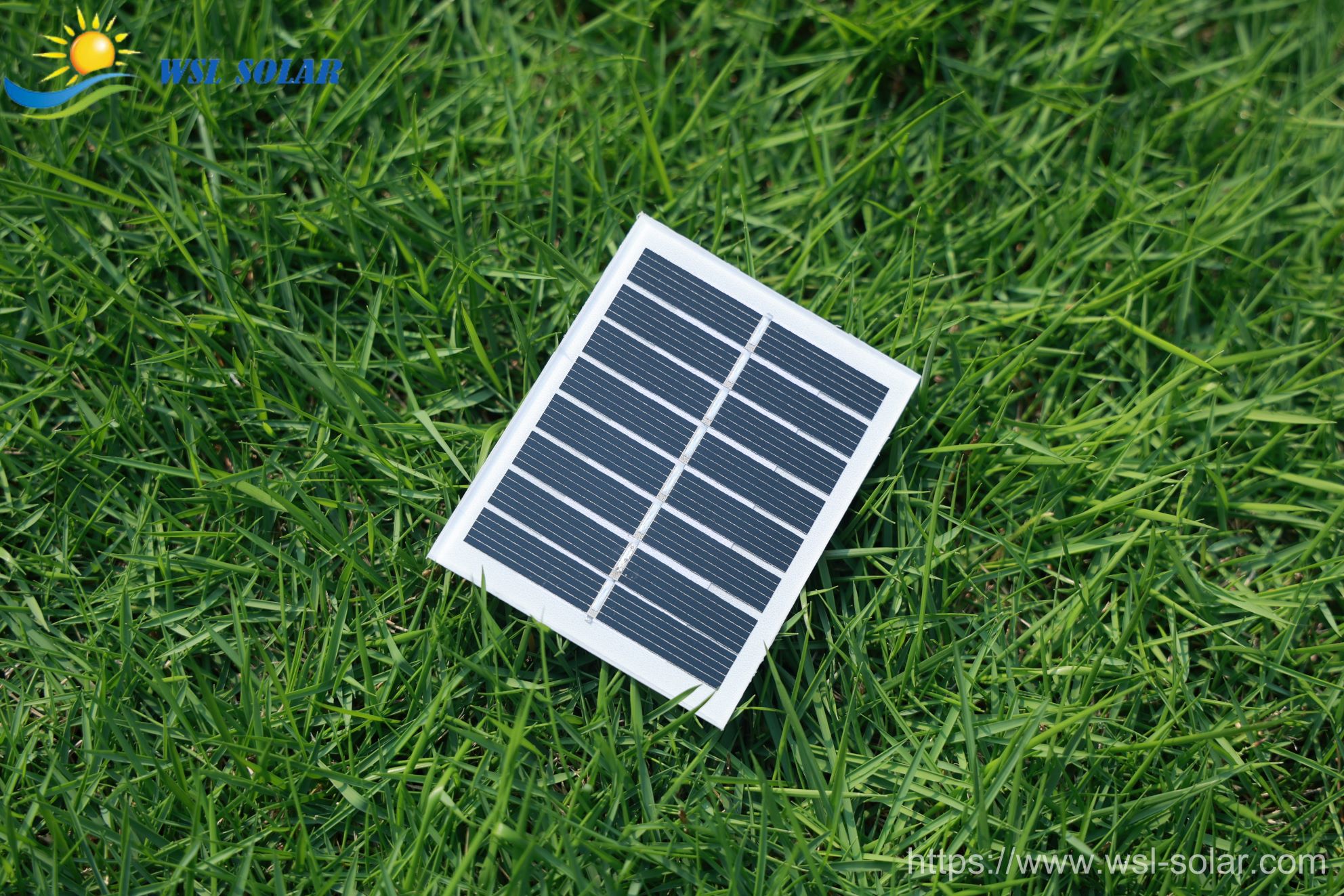WSL Solar Co., Ltd.

Calculation formula:
Photovoltaic conversion efficiency = output power (W) \ incident solar power (W) x 100%
– Output power: The maximum power (such as peak power Pmax) generated by the solar panel under standard test conditions (STC).
– Incident solar power: Usually based on the solar irradiance \(1000 W/m 2) under standard test conditions (i.e. “1 sun” intensity).
Key point analysis:
1. Efficiency range:
– Commercial solar panels: The efficiency of mainstream crystalline silicon cells (monocrystalline silicon/polycrystalline silicon) is 15%~24%, and the efficiency of thin-film cells (such as cadmium telluride and copper indium gallium selenide) is about 10%~15%.
– Laboratory technology: For example, the efficiency of perovskite cells and multi-junction stacked cells can exceed 30%, but they have not yet been commercialized on a large scale.
2. Influencing factors:
– Material properties: Different semiconductor materials (such as silicon and gallium arsenide) have different abilities to absorb photons and excite electrons.
– Temperature: Rising temperature will lead to a decrease in efficiency (crystalline silicon cells have an efficiency decrease of 0.3%~0.5% for every 1°C increase in temperature).
– Spectral response: The ability of solar panels to utilize light of different wavelengths (such as ultraviolet light, visible light, and infrared light).
– Optical loss: Surface reflection, glass cover transmittance, etc.
– Electrical losses: resistance losses, shadowing, series/parallel mismatch, etc.
3. Standard Test Conditions (STC):
– Irradiance 1000 W/m2, spectrum AM1.5, temperature 25℃, used to fairly compare the efficiency of different products.
Why is efficiency important?
– Higher efficiency means more power can be generated in the same area, reducing installation costs (such as when roof space is limited).
– But there is a trade-off between efficiency and cost: high-efficiency technologies (such as N-type TOPCon, HJT cells) are usually more expensive, and the cost-effectiveness needs to be considered comprehensively.
Future trends:
– Technology breakthroughs: Perovskite-silicon stacked cells, quantum dot cells, etc. are expected to push efficiency to 30%~40%.
– Cost reduction and efficiency improvement: Optimize existing technologies through processes such as passivated emitter (PERC) and back contact (IBC).
Source of origin: https://chinasolar-panel.com